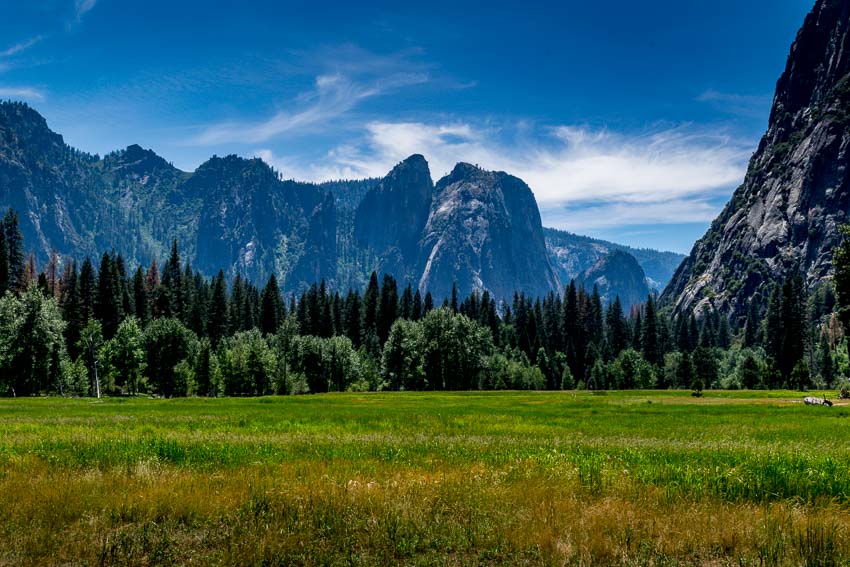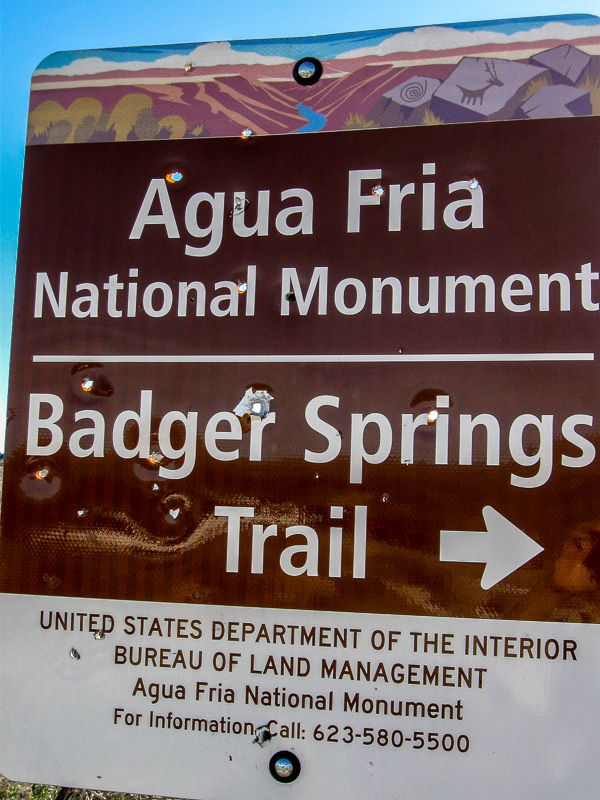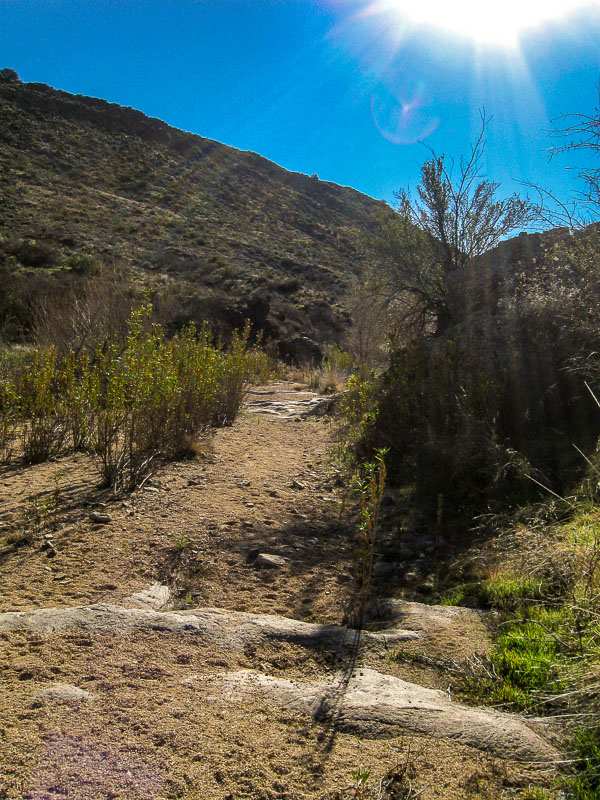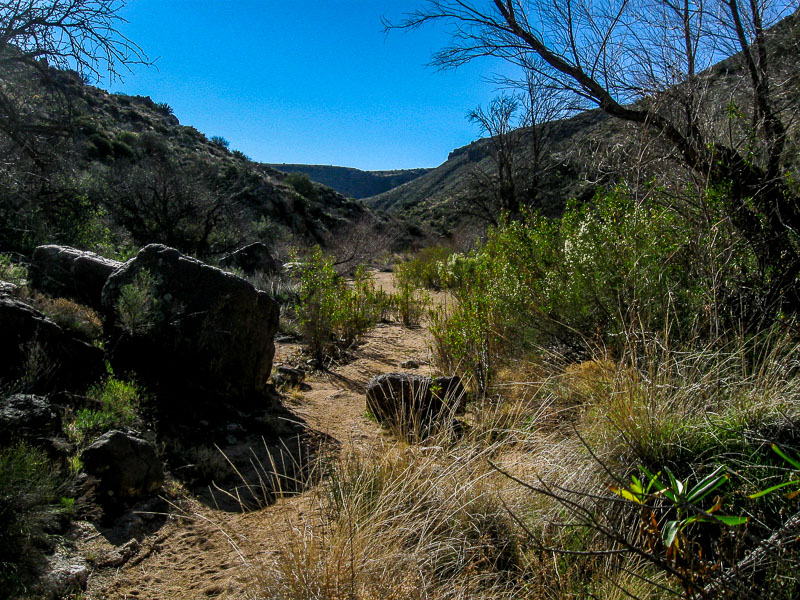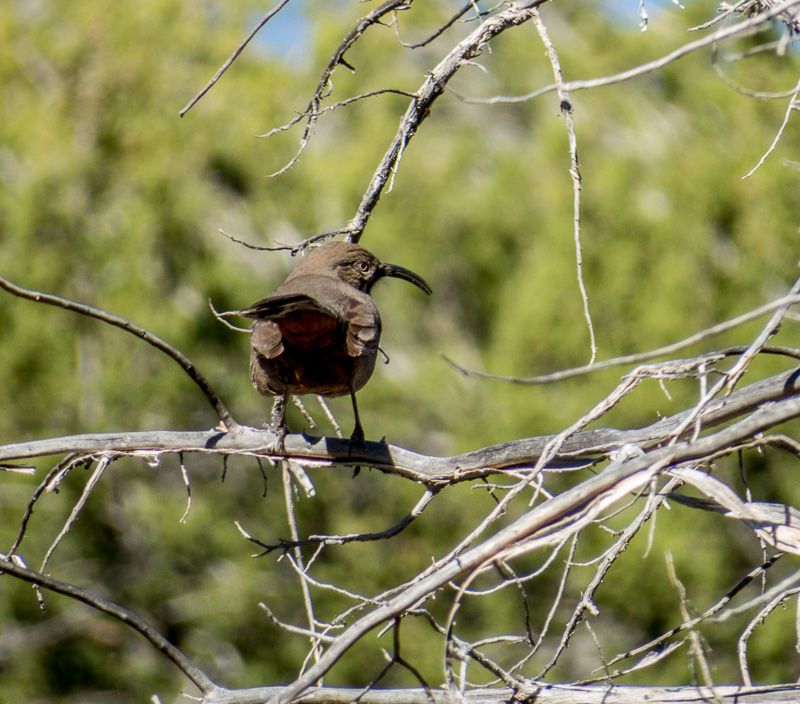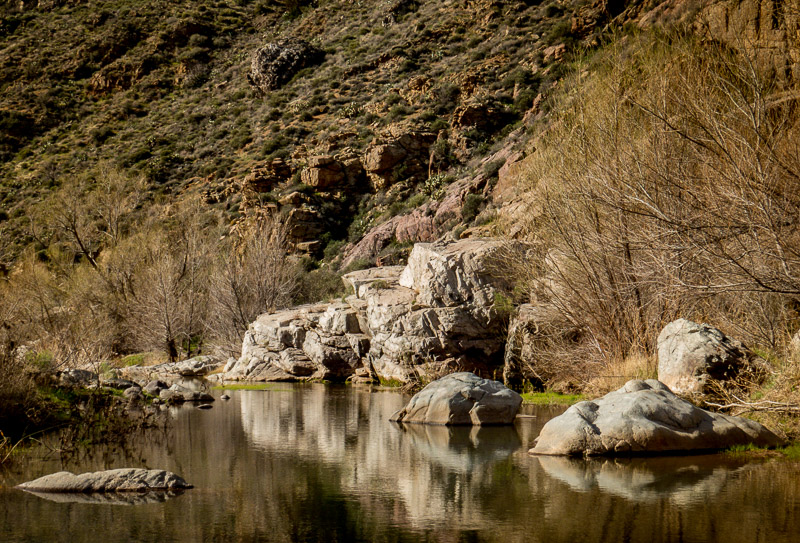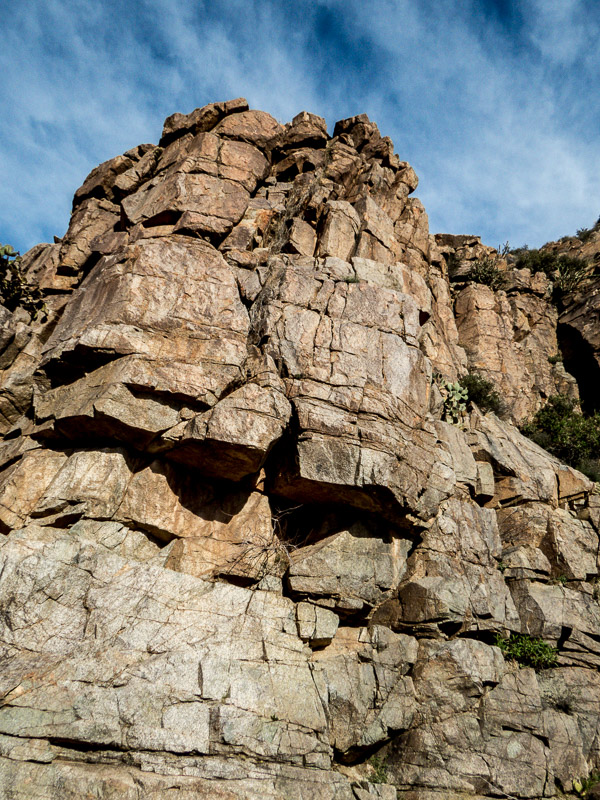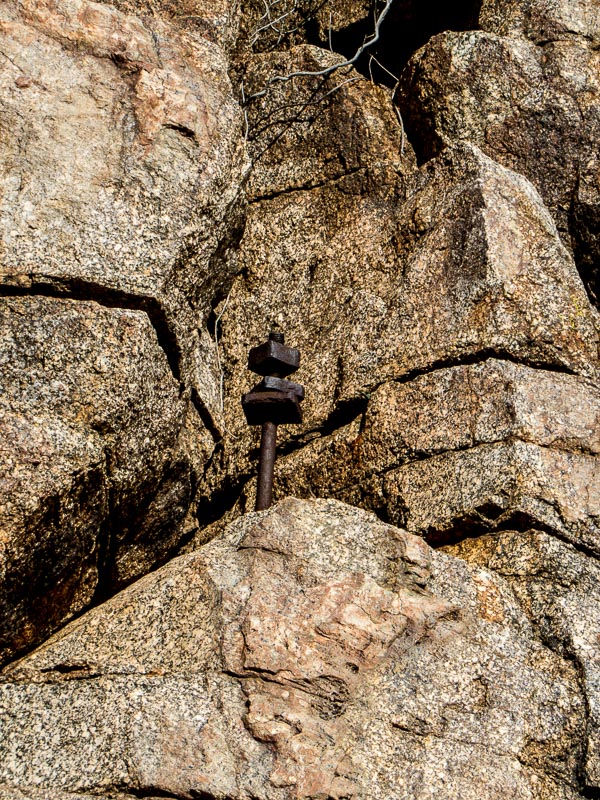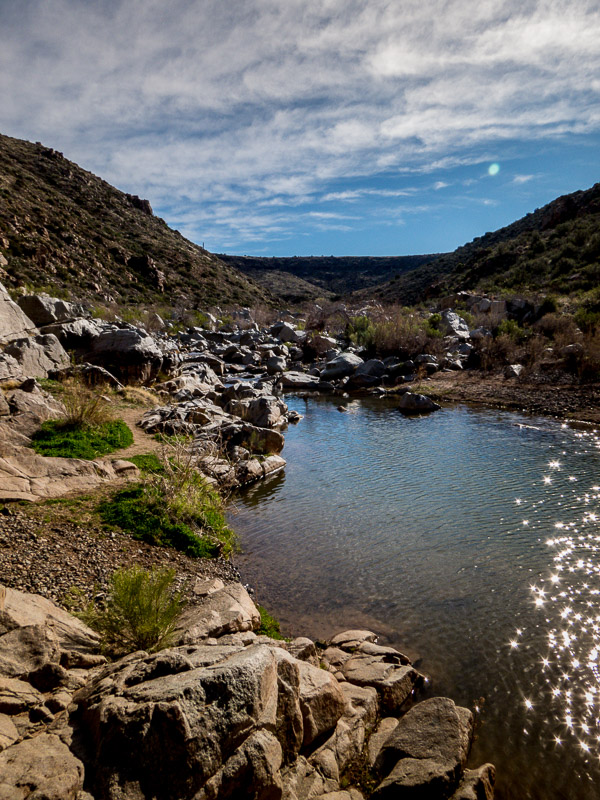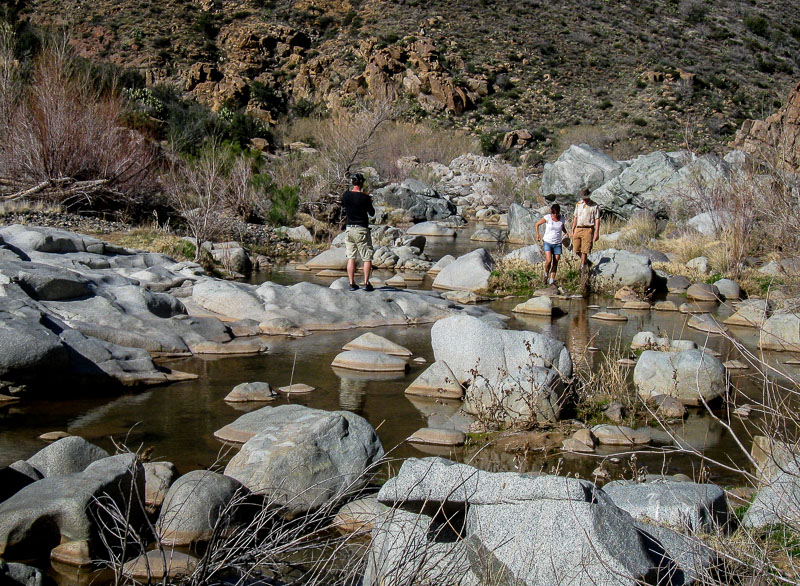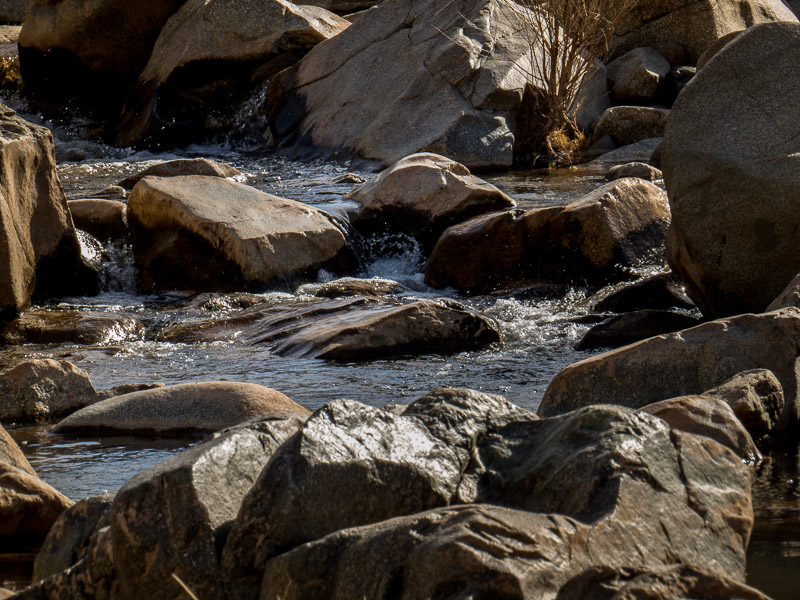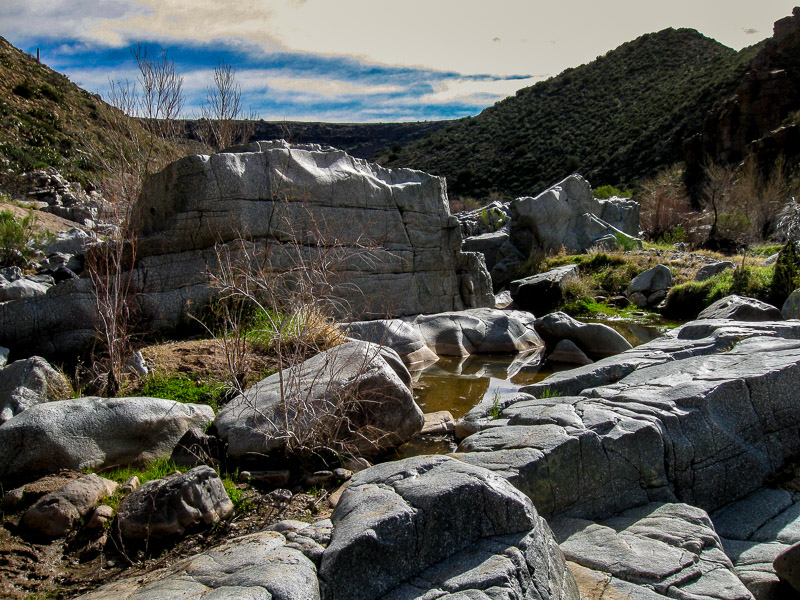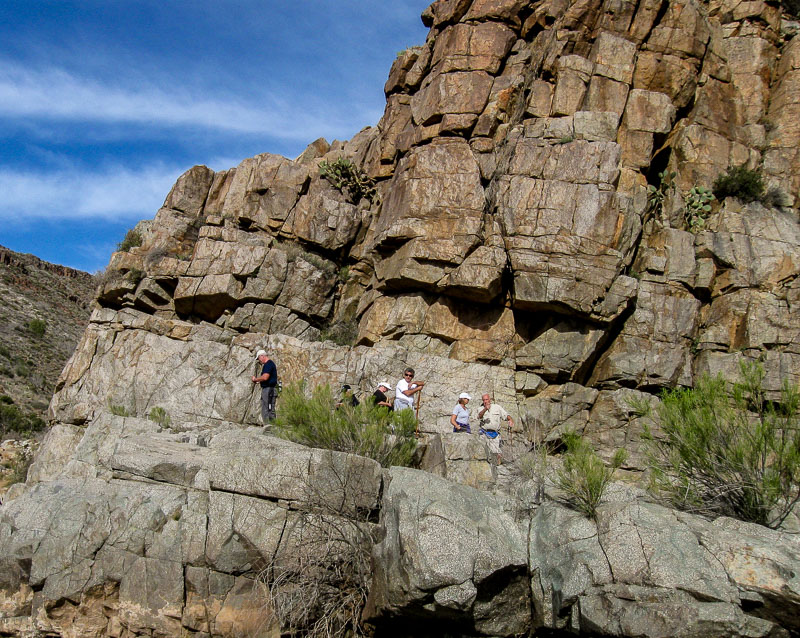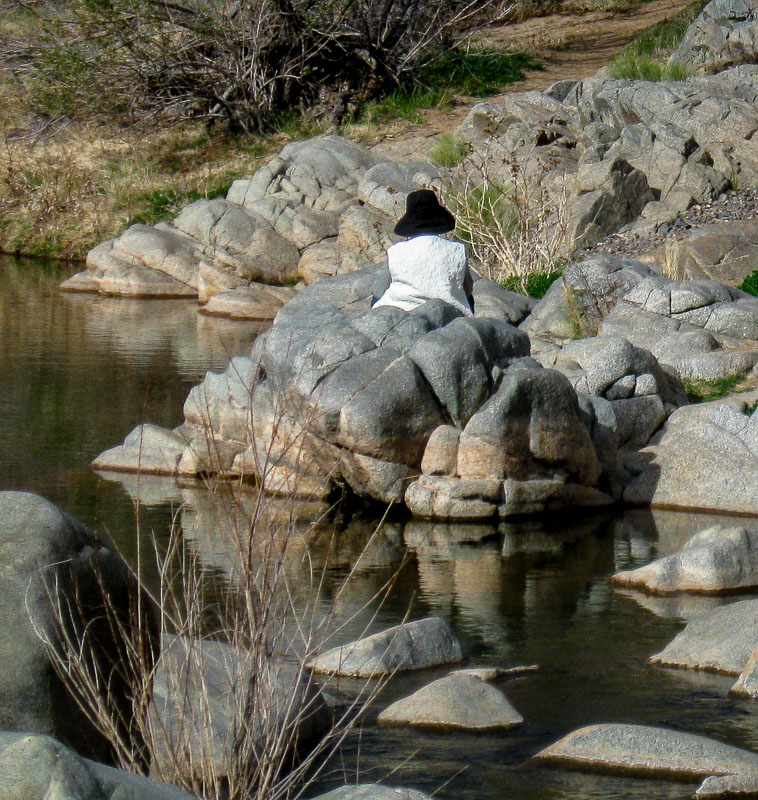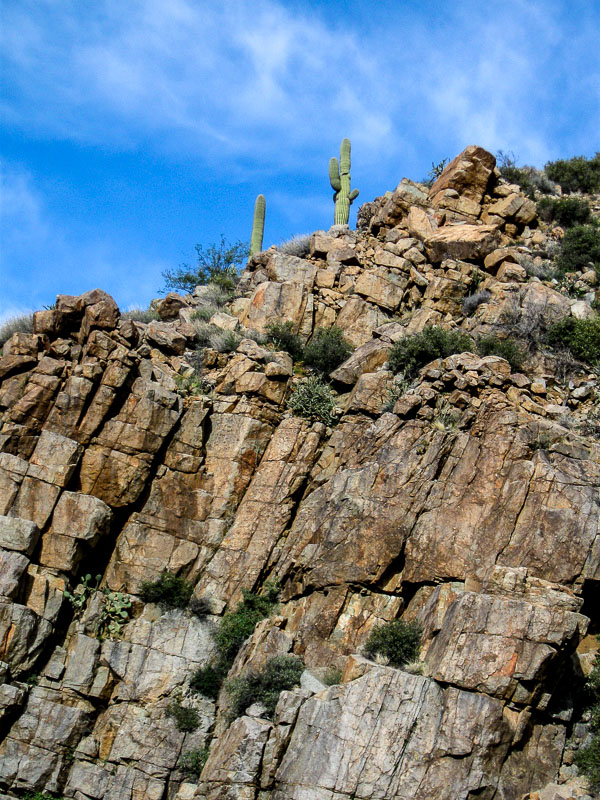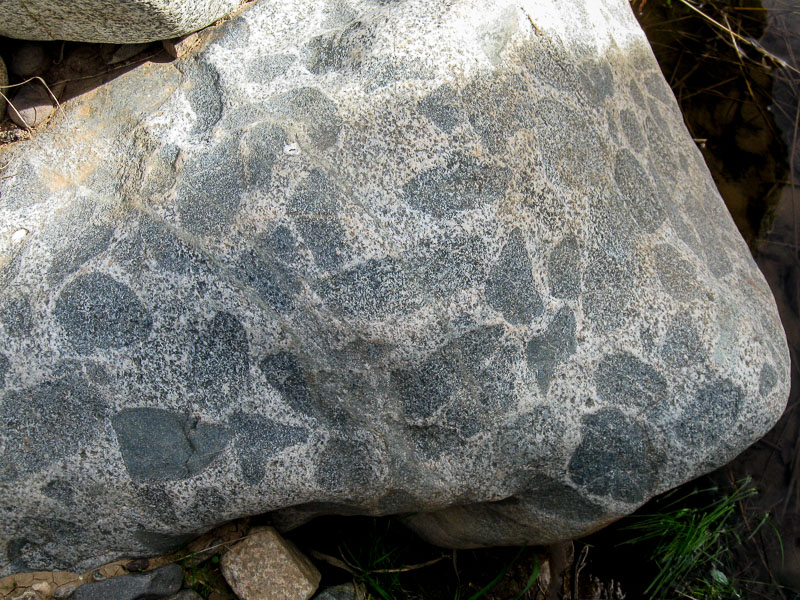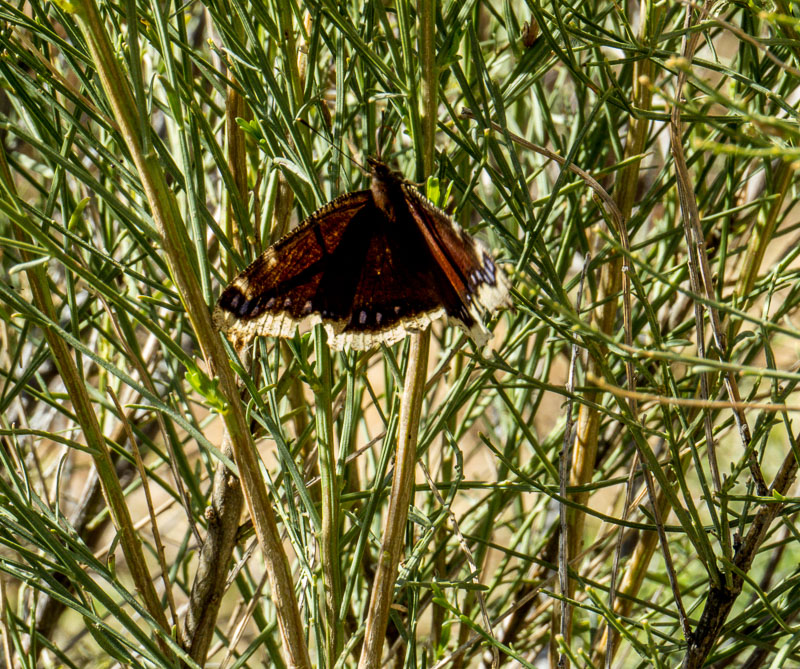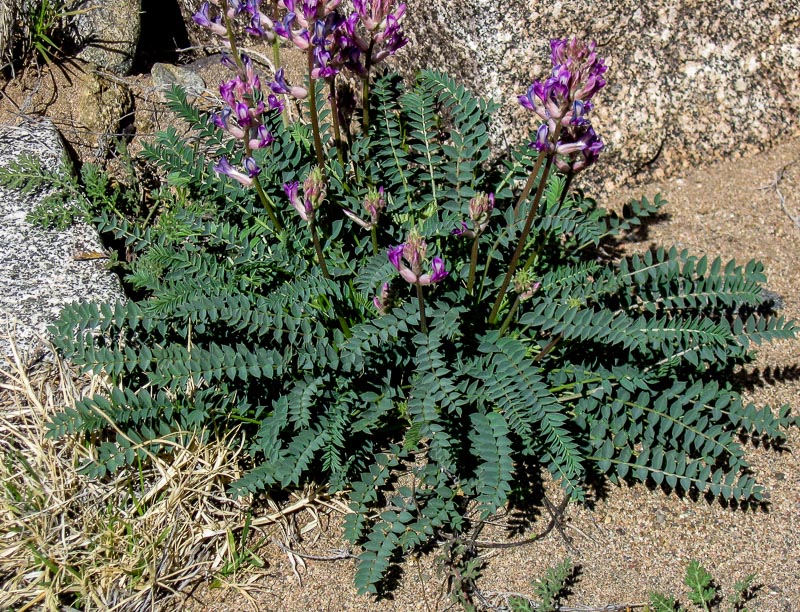The southwest is truly a spectacular part of the United States. That is not to say other states, sections, etc. do not have beauiful areas as well, but the southwest has been blessed with an abundance natural wonders.
Utah, for example, has their Mighty Five:
- Canyonlands National Park
- Capitol Reef National Park
- Arches National Park.
- Bryce Canyon National Park
- Zion National Park
I am glad to report that we have been to all of the above and we yearn to return to several of them to see more of what they have to offer. We hiked Zion two times and want to return at least once more. For those who love nature, hiking, etc. it is hard to overestimate the amount of wonder that can be found in all of the parks listed above.
As a side trip to visiting Arches National Park, we took a day to go to Canyonlands National Park’s Needles District. The day was stormy with periods of rain, but as long as it is safe, we hike rain or shine.
One site we saw was the Wooden Shoe Arch. I only had my 8 MP Canon point-and-shoot, but as they say: “The best camera is the one you have with you.” I took the picture below and I think it captures the beauty of the area.
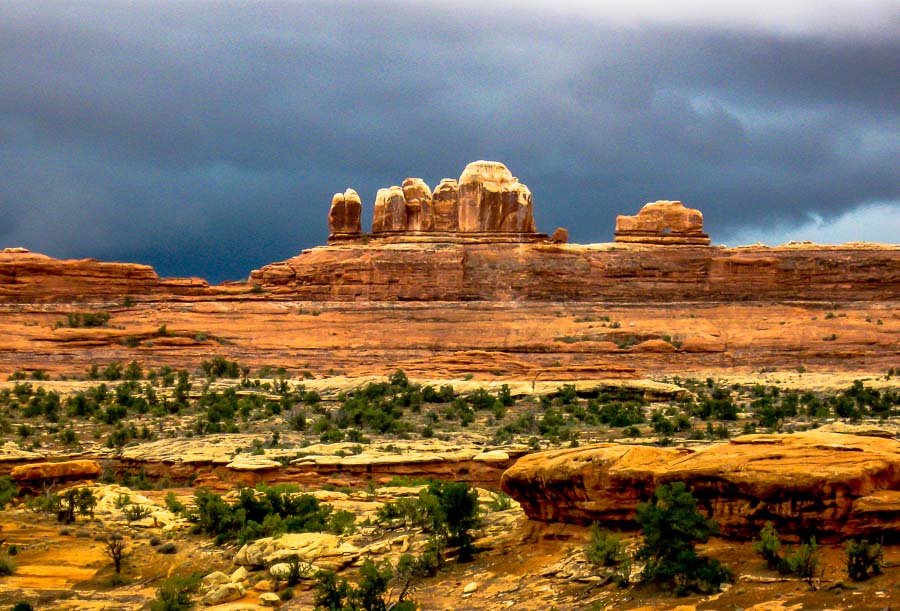
You may have to look carefully to see the “shoe.” It is the formation in the distance on the right. The heel and front of the shoe are separated by a space. The cloudy day makes it hard to discern so I put an arrow above the shoe in the picture below.
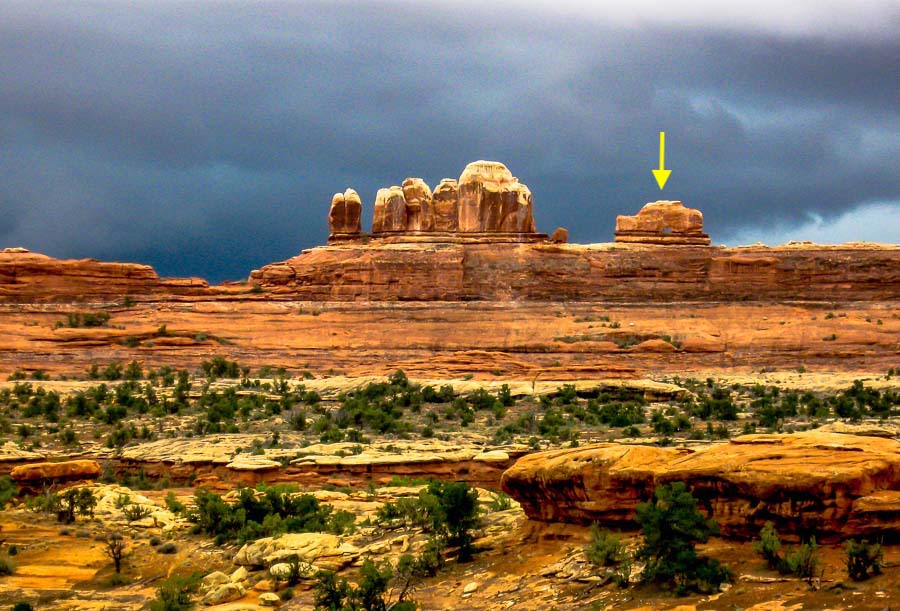
**********
Metadata
File Name: 8968_cl_woodenshoe_arch.JPG
Capture time: 3:02:01 PM
Capture date: September 11, 2012
Exposure: 1/200 sec @ f/5.5
Focal Length: 23.2mm
ISO: 200
Camera: Canon PowerShot AS590 IS
Lens: 4.3-215mm
Edited in Lightroom
**********
Read more photography posts HERE
**********
All original content on this blog is copyrighted by Jeffrey B. Ross with ALL Rights Reserved. While reference links back to JBRish.com are appreciated and encouraged, please acquire approval for any reproduction of original content from this website.
©Jeffrey B. Ross – 2017 – JBRish.com
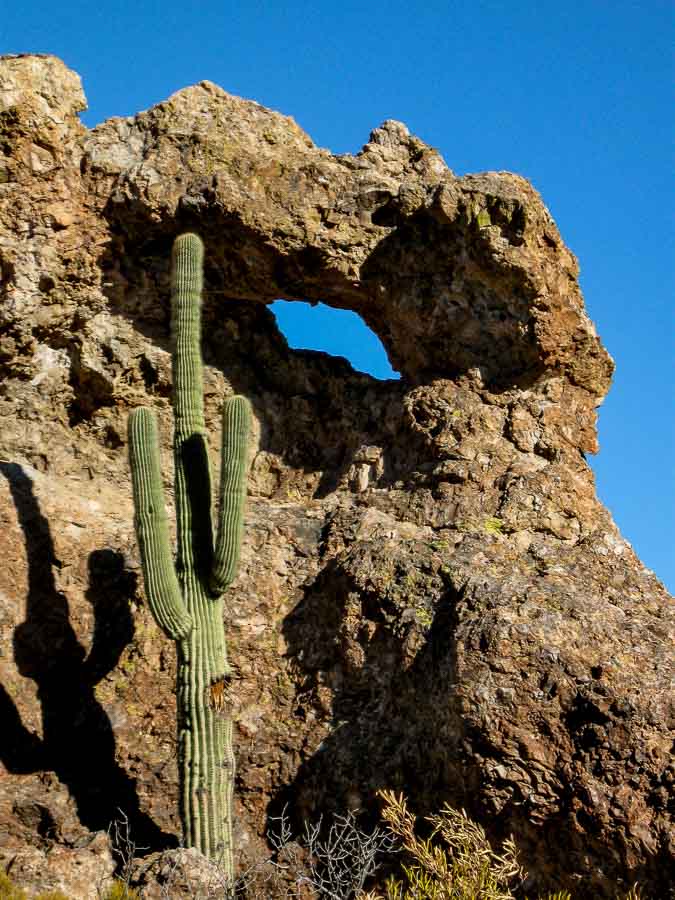
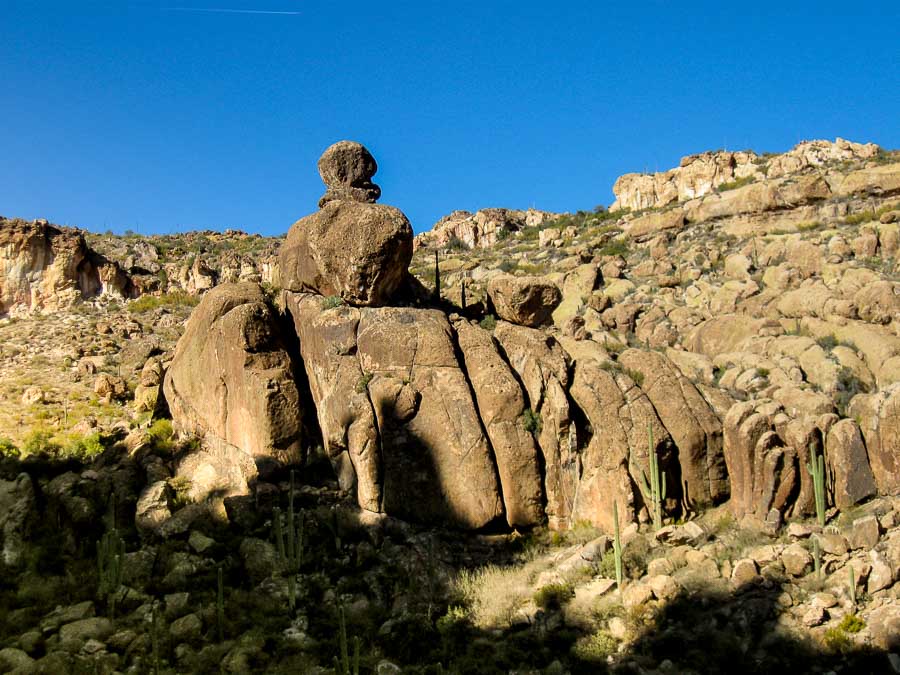
 This rock formation on the way to Taft Point across from large fissures reminded me of a duck.
This rock formation on the way to Taft Point across from large fissures reminded me of a duck.